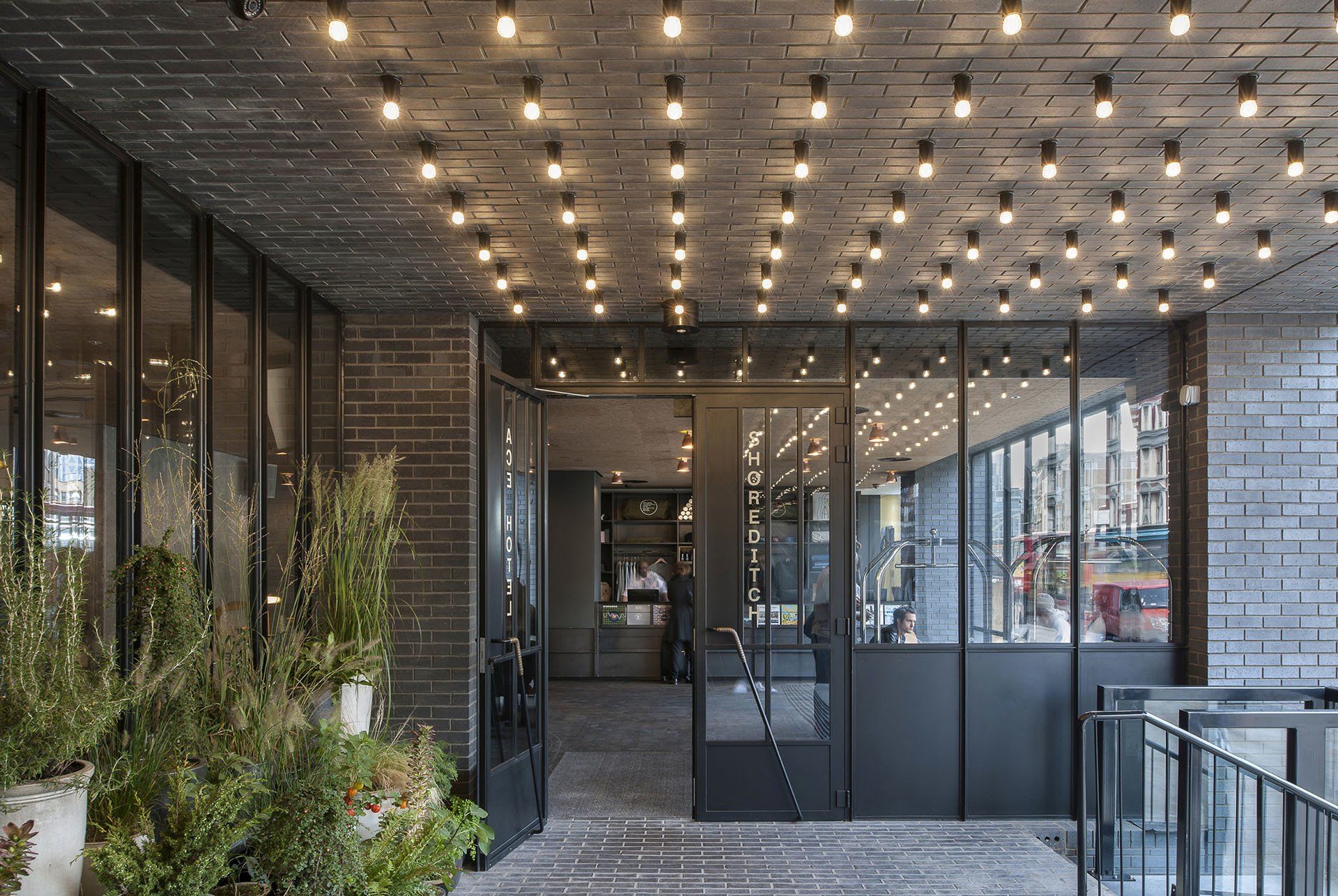Transforming Storefronts: An Craft of Shop Refurbishment

In the current fast-paced retail environment, the aesthetic and functional appeal of your store plays a vital role in attracting and retaining customers. As customer preferences evolve and competition intensifies, store refurbishment has become as a vital strategy for businesses aiming to breathe new life into their storefronts. Whether you're a long-established brand or a budding entrepreneur, understanding what retail refurbishment is and why it matters to your store is essential for remaining relevant in the industry.
Retail refurbishment is not just about transforming your space look new; it's about renewing your brand and enhancing the customer experience. A successful refurbishment can result in higher foot traffic, improved sales, and a deeper connection with your customers. By focusing on https://posteezy.com/commercial-refurbishment-franchises-important-considerations and aesthetic enhancements, smart layout changes, and sustainable practices, you can create an attractive atmosphere that appeals with your customers and meets with your business objectives. This article explores the multifaceted world of retail refurbishment, offering insights on its benefits, key strategies, and the steps necessary to successfully transform your retail space.
Understanding Retail Refurbishment
Commercial renovation is the procedure of updating a commercial space to improve its appeal, functionality, and client engagement. This change can vary from minor updates, such as fresh coating and displays, to significant renovations that alter the store's design and style. The objective of commercial renovation is to create a retail atmosphere that connects with shoppers, aligns with present trends, and boosts the overall corporate identity.
A primary reason for initiating a commercial refurbishment is to renew a business and elevate sales. As customer tastes evolve, stores must modify to satisfy the needs of their target audience. Renovation allows stores to refresh their products, add new techniques, and create eye-catching environments that draw in and hold customers. When done well, a renovated store can greatly enhance foot traffic and encourage buying choices.
Furthermore, an effective retail refurbishment goes beyond aesthetics; it is a calculated investment in the brand’s longevity. Thoughtfully designed refurbishments take into account functional improvements such as enhancing the configuration for superior movement and connection. By thoughtfully considering design elements, stores can ensure that their renovated space not only is visually pleasing but also boosts the overall shopping experience for clients, ultimately reflecting the store's missions and corporate identity.
Perks of a Store Renovation
A store renovation is an investment that yields substantial advantages for your business. To start, redesigning your store can boost its aesthetic, drawing more shoppers and converting visitors into customers. A fresh look signifies to customers that your brand is cutting-edge and current, which can elevate their engagement and interaction with your products. https://yamcode.com/from-dull-to-fantastic-strategies-of-effective-shop-overhaul but also establishes an inviting atmosphere that encourages shoppers to spend more time in your store.
In addition to attracting more customers, a store redesign can also improve the functionality of your space. By assessing your store's layout and setup, you can create a more productive flow that guides customers seamlessly through the shopping experience. This considerate arrangement helps it easier for customers to locate what they need, ultimately leading to increased sales. Beyond structural changes, incorporating intelligent design choices such as deliberate lighting and modernized fixtures can showcase key products and promotions, further augmenting the shopping experience.
In conclusion, a well-executed retail refurbishment can greatly bolster your brand identity. By aligning your store's design with your brand principles and goals, you create a cohesive experience that connects with your target audience. Customers are more likely to return to a store that reflects their tastes and values, encouraging brand loyalty. A successfully completed makeover not only refreshes the surrounding environment but also strengthens customer relationships, boosting repeat business and solidifying a stronger market presence.
Arranging Your Retail Refurbishment

Effective preparation is essential for a successful retail refurbishment. Start by assessing your current store configuration and identifying areas that require enhancement. Consider shopper flow, product layout, and any design features that may feel outdated. Collecting feedback from staff and customers can offer important insights into what alterations would improve their interaction. Set defined goals for the refurbishment; regardless it's building a more appealing atmosphere or incorporating contemporary technology, having set objectives will guide your actions.
Subsequently, create a detailed timeline and financial plan for the refurbishment project. Explore the costs associated with layout changes, materials, labor, and any potential disruptions during the renovation period. Prioritize essential improvements versus desirable features to make certain you stay within budget without losing key upgrades. A well-structured timeline will help you and your team stay on track, minimizing delays and unexpected expenses.
Ultimately, consider the influence of your refurbishment on shopper engagement and identity. The aesthetic choices you make should resonate with your intended audience and reflect your brand values. Use this opportunity to innovate and incorporate sustainable practices, which are becoming important to consumers. Communicate your plans to employees and customers, generating excitement and anticipation around the refurbishment. This forward-thinking approach will not only smooth the procedure but also improve customer engagement during and after the project is finished.
